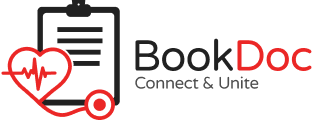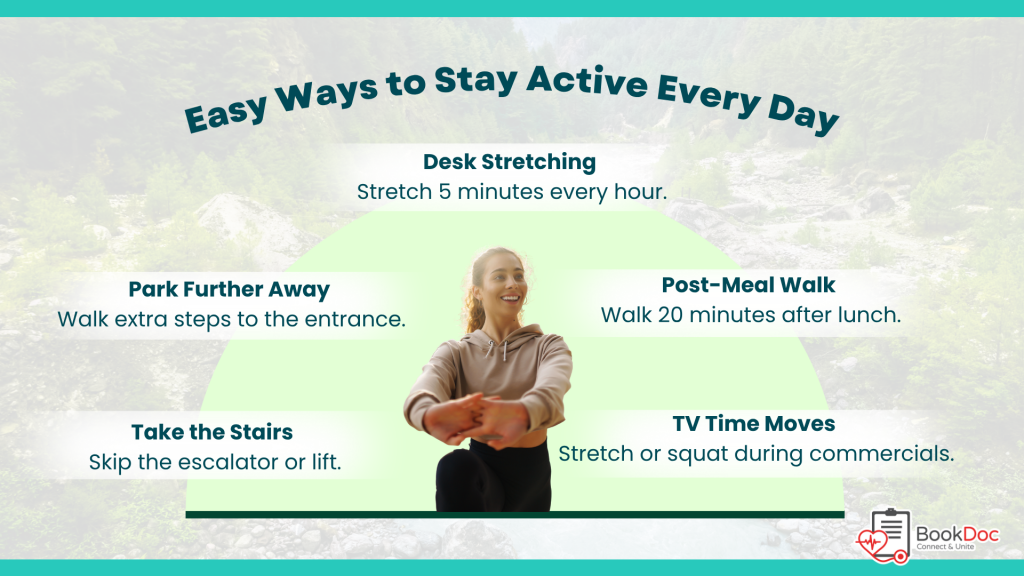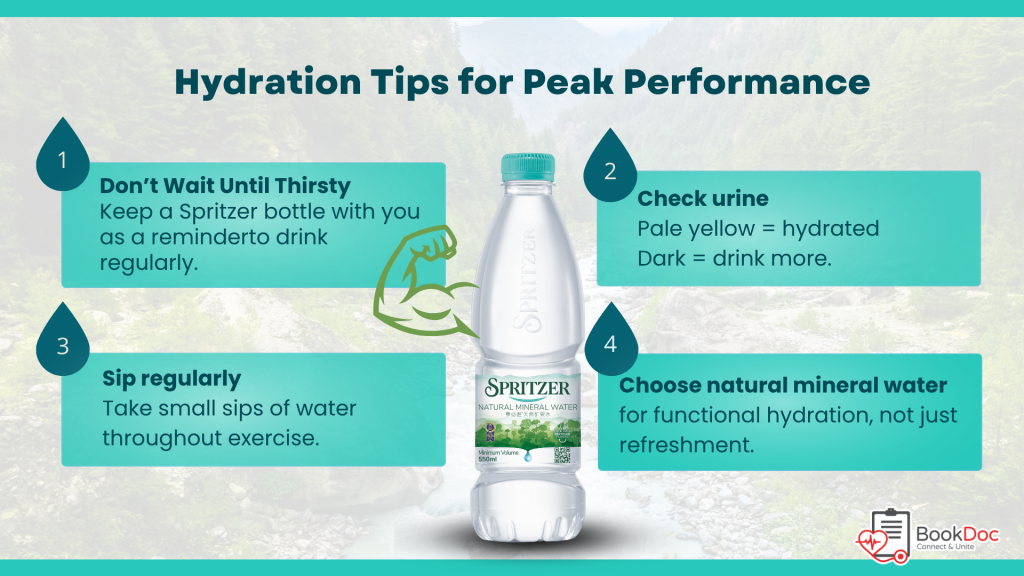Exercise is key to a healthy lifestyle, boosting energy, focus, and strength while supporting weight management. Even with busy schedules, learning the right approach and incorporating simple, effective movements in your routine helps you enjoy these benefits without added stress.
1. Start with Your “Why”
Before jumping into any workout, ask yourself why you want to move. Is it to feel more energized at work, strengthen your body, or improve your mood? Having a clear reason gives your movement purpose and makes it easier to stay consistent. Start with small, achievable goals, like moving 30 minutes a day or taking 6,000 steps. When your goals fit your lifestyle, exercise becomes something you want to do, not something you have to do.
2. Mix It Up
Once your “why” is clear, it’s time to choose exercises that align with your goal and make moving enjoyable! Mixing different types of exercises prevents boredom and trains your body in multiple ways:
- Aerobic/cardio (e.g., brisk walking, jogging, cycling, dancing) improves heart health and stamina. Aim for 150–300 minutes of moderate-intensity activity or 75–150 minutes of vigorous-intensity activity per week(1).
- Strength training (e.g., bodyweight or resistance bands) builds muscle and supports metabolism. Aim to include exercises that target different parts of your body, like legs, arms, back, and core, at least 2 days per week.
- Flexibility and balance (e.g., stretching, yoga) keep joints mobile and prevent injury.
Variety keeps your routine interesting, and the more you enjoy it, the easier it is to stick with it.
Conclusion
Staying active isn’t about perfection; it’s about progress. Follow the steps on how to do it, choose what you enjoy, stay consistent, and honor your body’s need to rest. By taking small steps regularly, you’ll unlock lasting energy, strength, and health that fuel every part of your life.
Reference
- American Heart Association. (2023). The Benefits of Physical Activity. https://www.heart.org/en/healthy-living/fitness/fitness-basics/aha-recs-for-physical-activity-in-adult
- Dimmock, J. A., Jackson, B., Podlog, L., Magaraggia, C., & Yung, P. (2013). Relationships between exercise variety and exercise-related well-being. Psychology of Sport and Exercise, 14(2), 205–212. https://doi.org/10.1016/j.psychsport.2012.10.002
- Sylvester, B. D., Lubans, D. R., Eather, N., Standage, M., Wolf, S. A., McEwan, D., Ruissen, G. R., Kaulius, M., Crocker, P. R. E., & Beauchamp, M. R. (2016). Effects of variety support on exercise-related well-being. Applied Psychology: Health and Well-Being, 8(2), 213–231. https://doi.org/10.1111/aphw.12069
- Ramar, K., Malhotra, R. K., Carden, K. A., & American Academy of Sleep Medicine Board of Directors. (2021). Sleep is essential to health: An American Academy of Sleep Medicine position statement. Journal of Clinical Sleep Medicine, 17(10), 2115–2119. https://doi.org/10.5664/jcsm.9476
- Kenny, G. P., & McGinn, R. (2017). Restoration of thermoregulation after exercise. Journal of Applied Physiology, 122(4), 933–944. https://doi.org/10.1152/japplphysiol.00517.2016
- Botek, M., Krejčí, J., McKune, A., Valenta, M., & Sládečková, B. (2022). Hydrogen Rich Water Consumption Positively Affects Muscle Performance, Lactate Response, and Alleviates Delayed Onset of Muscle Soreness After Resistance Training. Journal of strength and conditioning research, 36(10), 2792–2799. https://doi.org/10.1519/JSC.0000000000003979
- Riccardi, B., Resta, S., & Storelli, R. (2021). Preliminary study on the homeostatic role of organic silicon and trace elements for osteoarticular well-being. Journal of Biotechnology & Bioinformatics Research, 3(2), 1–6. https://doi.org/10.47363/jbbr/2021(3)132














